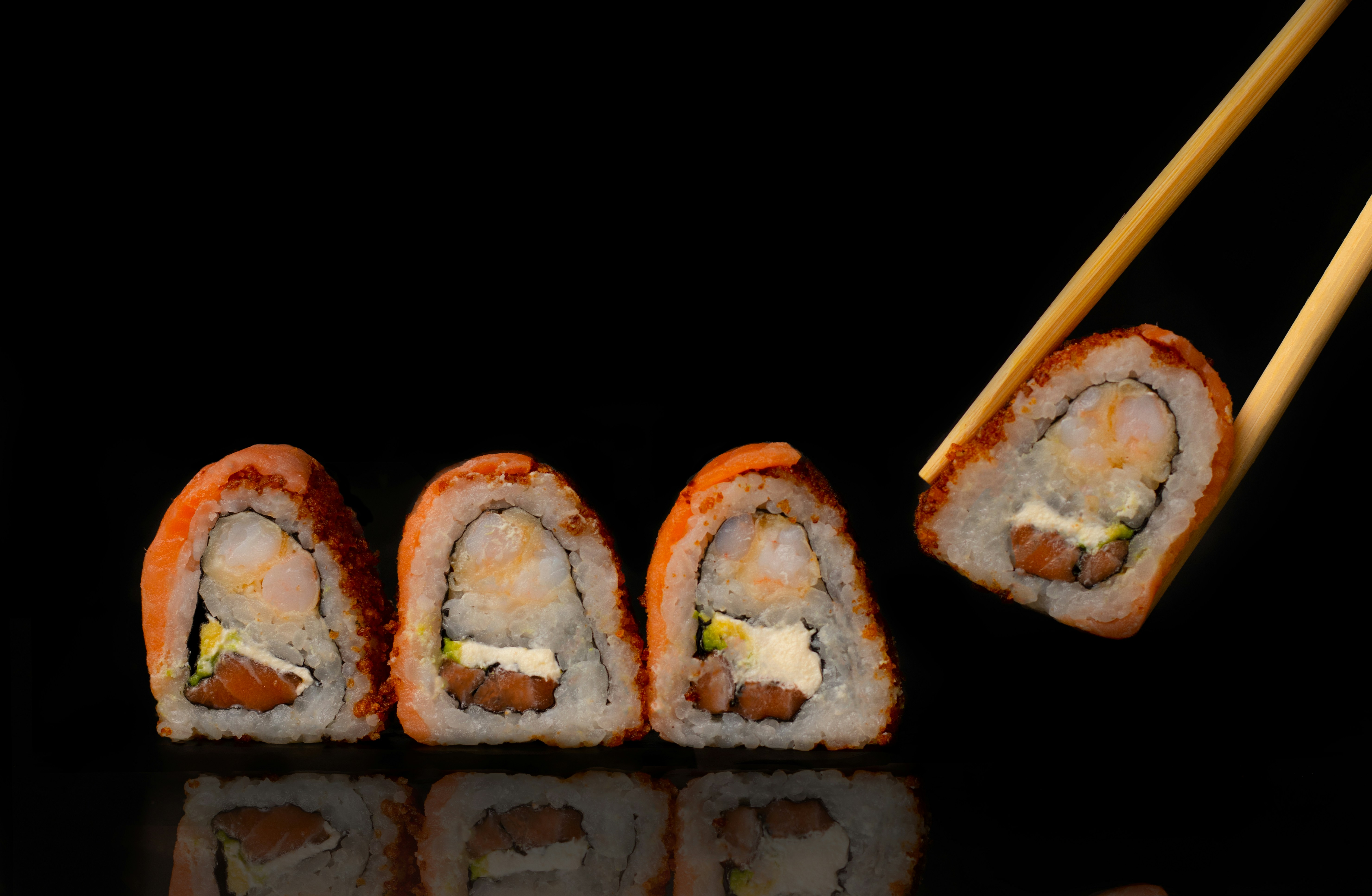
Welcome to our comprehensive guide on sustainable ikura. This article explores everything you need to know about this delicious form of salmon roe, prized in Japanese cuisine and growing in popularity worldwide.
Understanding Sustainable ikura
This section would contain detailed information about sustainable ikura, including its characteristics, production, and importance in culinary traditions. The content would be thoroughly researched and written to provide valuable insights for readers interested in gourmet seafood.

Caption: Sustainable practices in ikura production: farmed and wild salmon sources
Key Aspects of Sustainable ikura
Here we would explore the distinctive qualities of sustainable ikura, comparing it with other similar products and highlighting what makes it special. This section would be informative and educational, perfect for culinary enthusiasts.
How to Enjoy Sustainable ikura
This section would provide practical guidance on selecting, preparing, and serving sustainable ikura for optimal enjoyment. It would include expert tips and suggestions for creating memorable dining experiences.
Frequently Asked Questions About Ikura
What exactly is ikura?
Ikura (いくら) is the Japanese term for salmon roe (eggs). These large, transparent, reddish-orange spheres are harvested from salmon and are prized for their rich, savory flavor with a distinctive pop when eaten. Ikura is commonly used in Japanese cuisine, particularly in sushi, rice bowls (donburi), and as a garnish for various dishes.
How is ikura different from other types of fish roe?
Ikura (salmon roe) is distinctly larger than most other fish roe, typically 5-8mm in diameter with a vibrant reddish-orange color. Unlike tobiko (flying fish roe) or masago (capelin roe) which are much smaller (1-2mm) and have a crunchy texture, ikura bursts with a juicy pop when eaten. Ikura also has a more pronounced, rich flavor compared to the milder taste of smaller roes.
Is ikura healthy to eat?
Yes, ikura is considered quite nutritious. It's an excellent source of omega-3 fatty acids (EPA and DHA), high-quality protein, and contains significant amounts of vitamins D and B12, as well as selenium and other minerals. These nutrients support heart and brain health. However, ikura is also relatively high in cholesterol and sodium, particularly when prepared with salt or soy sauce, so moderation is advised.
How long does ikura last in the refrigerator?
Fresh, properly stored ikura typically lasts 3-5 days in the refrigerator. For maximum freshness, keep it in an airtight container at the coldest part of your refrigerator (32-35°F/0-2°C). Once opened, commercial ikura should be consumed within 2-3 days. Signs of spoilage include a sour smell, cloudy appearance, or slimy texture. Frozen ikura can be stored for up to 2 months without significant quality loss.
What's the best way to serve ikura?
Ikura is traditionally served in Japanese cuisine atop rice (as in ikura don), in gunkan-style sushi (small cups of seaweed filled with rice and topped with ikura), or as a garnish for cold dishes. It pairs excellently with neutral bases like rice, blinis, or cucumber slices, and complementary flavors like crème fraîche, avocado, or a touch of wasabi. For the best flavor experience, ikura should be served chilled but not ice-cold.

